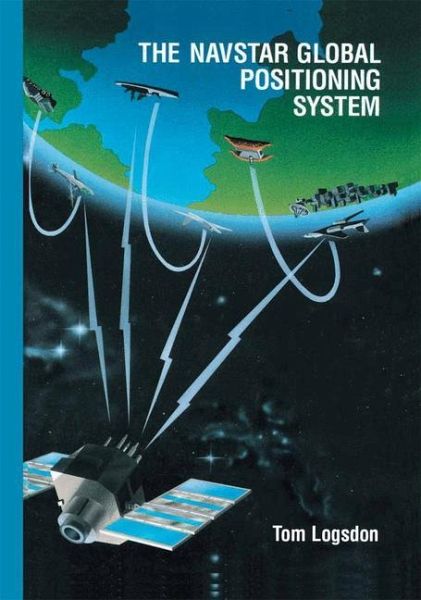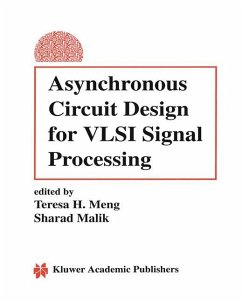
The Navstar Global Positioning System
Versandkostenfrei!
Versandfertig in 1-2 Wochen
77,99 €
inkl. MwSt.
Weitere Ausgaben:

PAYBACK Punkte
39 °P sammeln!
Duringthe PersianGulfWaragroupofAmericansoldiersscoopedup anew recruitatRijaid Airport, thendrovehim,withblackenedheadlights, directly across miles oftractless desertsand.Squintingtoward the horizon, hecould see almost nothing when suddenly the driver mashed on the brakes, gave him a quick salute, and instructed him to step out into the darkness. As his bootssankintothesand,hewasstunned torealizethathewasonlyafew feet away from the flap of his tent. Before setting out, the driver had keyed the tent'scoordinates into a Navstar receiver, so itcould guide him back again. No one knows exactly how ...
Duringthe PersianGulfWaragroupofAmericansoldiersscoopedup anew recruitatRijaid Airport, thendrovehim,withblackenedheadlights, directly across miles oftractless desertsand.Squintingtoward the horizon, hecould see almost nothing when suddenly the driver mashed on the brakes, gave him a quick salute, and instructed him to step out into the darkness. As his bootssankintothesand,hewasstunned torealizethathewasonlyafew feet away from the flap of his tent. Before setting out, the driver had keyed the tent'scoordinates into a Navstar receiver, so itcould guide him back again. No one knows exactly how many Navstar receivers ended up serving coalition forces along the Persian Gulf because mothers and fathers-and sweethearts, too-located a few stray units on the shelves of marinesupply houses/plunked down their money, and express mailed them to their loved ones in the Persian Gulf. A few resourceful soldiers called stateside suppliers long distance, then used their credit cards to order receivers, many of which arrived in Saudi Arabiaa dayortwolateraboardcommercialjetliners. Bythe timetheground war finally started, 4,000 to 7,000 Navstar receivers were clutched in the hands of grateful American soldiers. They were used to guide fuel-starved airplanes for linkups with aerial tankers, to pull in air strikes against enemy emplacements, to guide mess trucks toward hungry troops, and to vector Special Forcesunits intheir muffled dune buggies deep behindenemylines. Afew enterprising military engineers learned how to follow meandering goat trails so they could locate underground springs where the goats wa tered themselves. They then used their hand-held Navstar receivers to record the precise coordinates of each spring, thus insuring fresh water supplies for onrushing troops.












